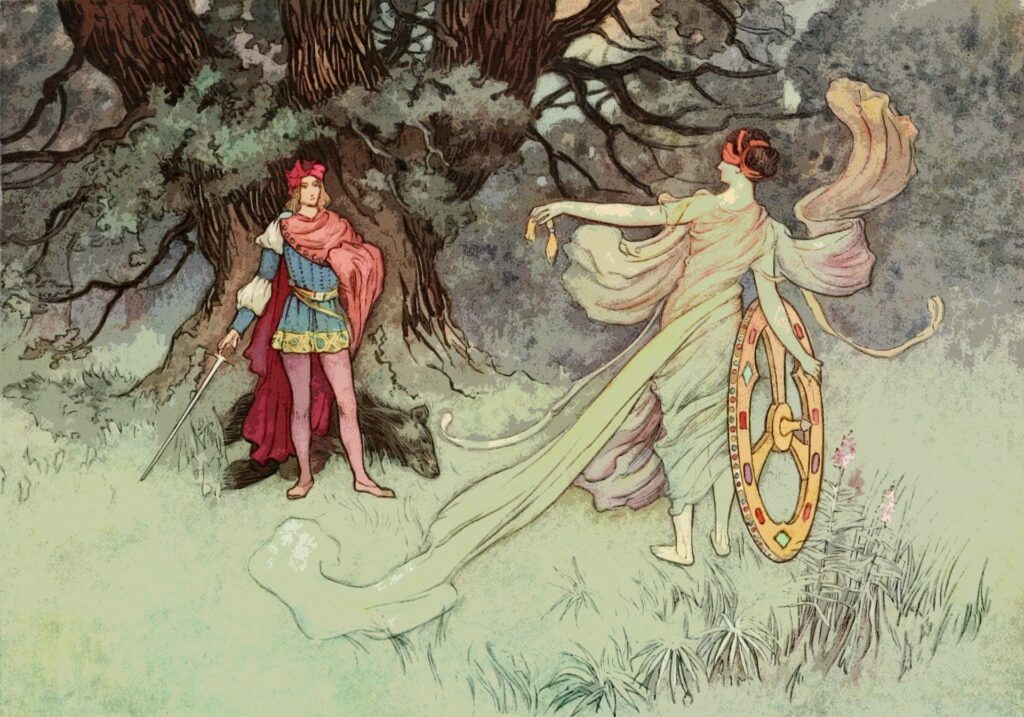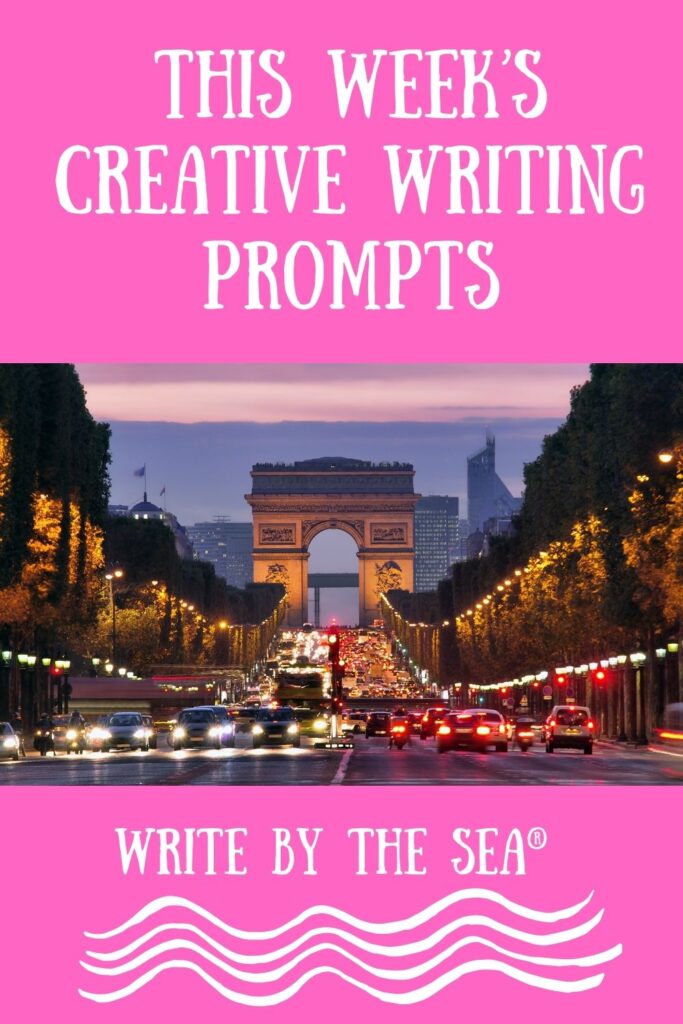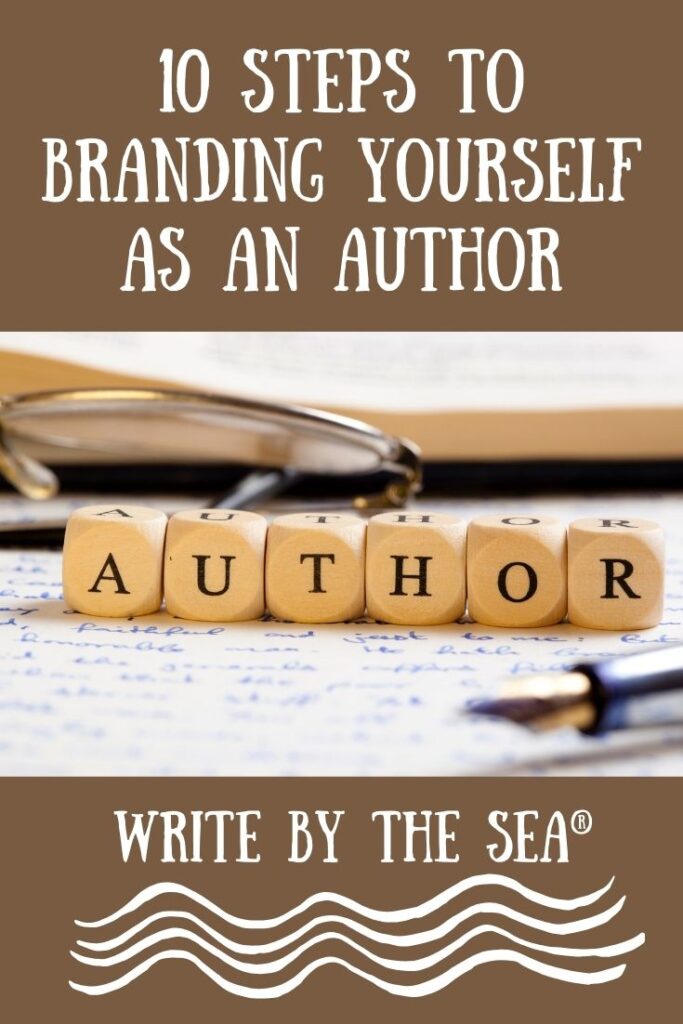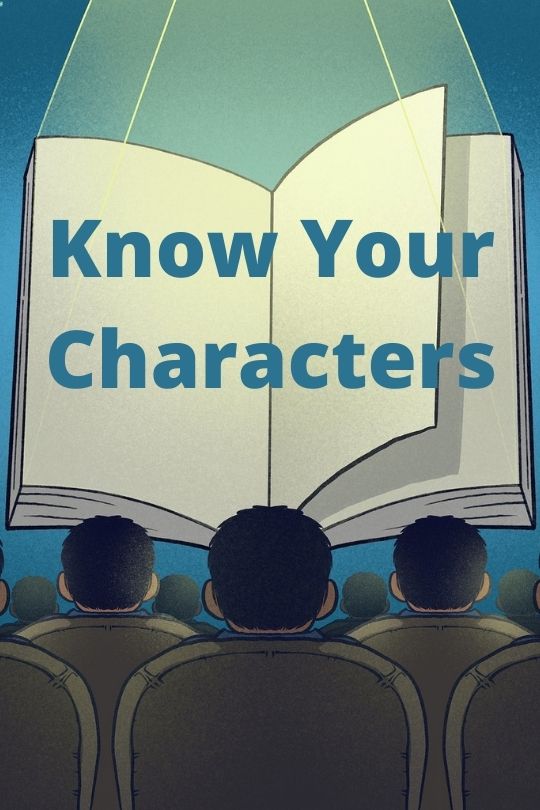Virginia Woolf’s work is packed with lessons that can elevate your writing game.
Here are 10 takeaways we can all learn from her:
Takeaway #1. Stream of Consciousness as a Writing Tool
Woolf was a master at showing the inner workings of her characters’ minds.
By using stream of consciousness, she created deeper connections between the reader and her characters.
Take Mrs. Dalloway as an example—Clarissa’s thoughts drift from memories of her youth to present-day reflections, letting us experience her emotional journey firsthand.
This technique helps us get inside a character’s head in a way that traditional narrative styles might not.
Takeaway #2. The Power of Interior Monologue
In novels like To the Lighthouse, Woolf uses internal dialogue to get straight to the heart of her characters.
Instead of relying on action, she dives deep into their thoughts and emotions.
For example, Mrs. Ramsay’s quiet reflections as she knits reveal her fears and desires, creating a rich psychological depth.
Takeaway #3. Playing with Time
Woolf doesn’t stick to a strict timeline.
In To the Lighthouse, she blends past, present, and future, showing that time is subjective and flexible.
As writers, we can take this cue to break away from traditional timelines, letting memory and emotion shape the narrative.
Takeaway #4. Exploring Gender and Identity
Woolf’s works like Orlando and A Room of One’s Own challenge gender roles and explore identity.
Orlando is groundbreaking, with its protagonist switching genders, revealing how society shapes us differently based on our gender.
Woolf’s message is clear—identity is fluid, and writers can push boundaries to explore this in their work.
Takeaway #5. Attention to Detail
Woolf’s writing is filled with small but powerful details.
From the sound of Big Ben in Mrs. Dalloway to the simple act of knitting in To the Lighthouse, these tiny observations add layers of meaning.
Writers can learn to look for the beauty in everyday moments and make them count in their stories.
Takeaway #6. The Power of Memory
Woolf often uses memory to connect the past and present, as seen in To the Lighthouse.
Memories aren’t just flashbacks—they shape the emotional core of the story.
Writers can use this to create deeper emotional connections and weave different timelines together.
Takeaway #7. Thematic Unity
In Woolf’s novels, every part of the story—characters, setting, plot—works together to serve the main themes.
This is a reminder that everything in your story, no matter how small, needs to support the bigger picture.
Takeaway #8. Breaking the Rules of Narrative Structure
Woolf didn’t shy away from breaking the mold.
The Waves is a great example—there’s no traditional plot, just a series of soliloquies by six characters.
Her courage to experiment shows that narrative structures don’t have to follow a formula, and breaking the rules can lead to something innovative and fresh.
Takeaway #9. Reality is Subjective
In Woolf’s writing, reality is shaped by individual perception.
Different characters can see the same event in totally different ways, adding depth and complexity to the narrative.
Writers can play with this idea to explore multiple perspectives and layers of truth in their stories.
Takeaway #10. Embrace Literary Ambition
In A Room of One’s Own, Woolf encourages writers—especially women—to aim high and challenge societal norms.
She inspires us to push boundaries, pursue greatness, and create art that matters.
This is a call to be bold and ambitious in our writing.
Woolf’s work doesn’t just show us how to write—it dares us to push our own creative limits.
Use these lessons to craft stories that are not only technically brilliant but also deeply resonant and fearless.
Now, before you go, if you haven’t subscribed to The Morning Nudge, be sure to do that now, so you get our Law of Attraction Checklist for Writers and free access to our Private Resource Library for Writers, as well as a short email every weekday morning to help you manifest your writing dreams!





